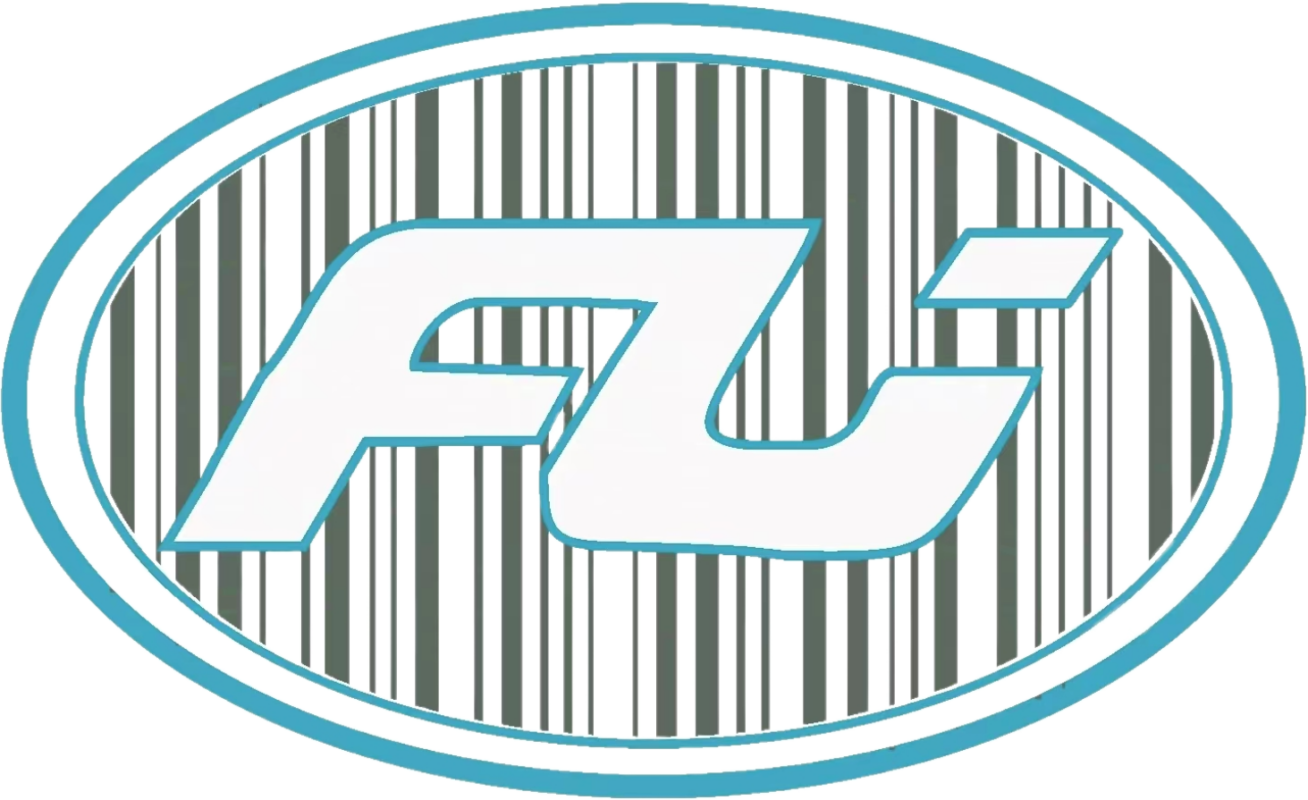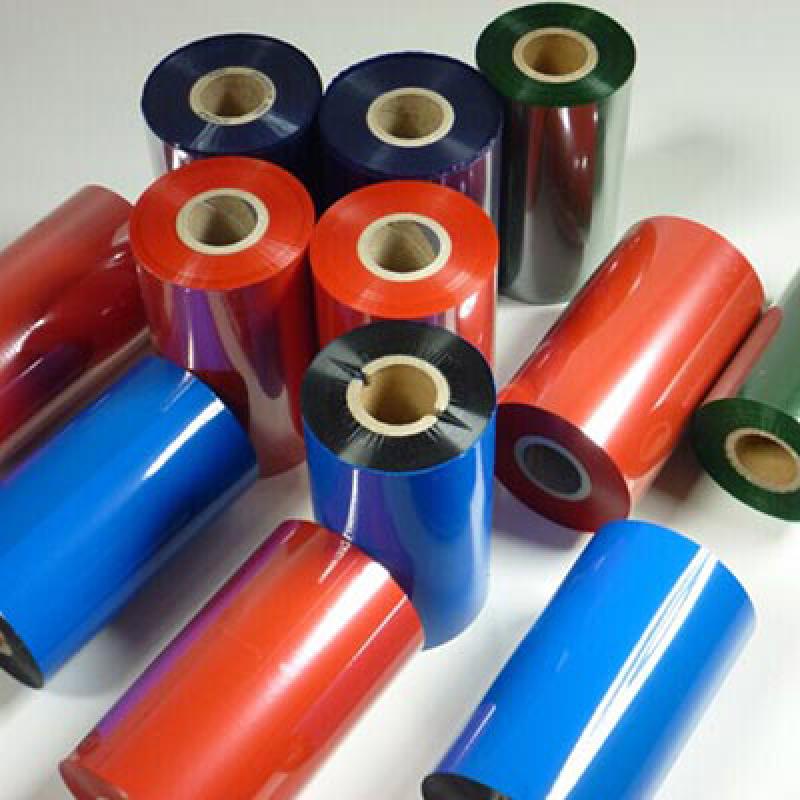Blog
What Are Transfer Labels? Everything You Need to Know
When designing modern product packaging appearance together with durability and branding integration determine consumer perception and shelf appeal. The transfer label has become a popular innovative solution because it provides a high-end appearance on various materials such as plastic, glass, and metal through its cutting-edge design.
This complete guide will teach you about transfer labels while explaining how they contrast with traditional labels and describing their fundamental technologies as well as their business benefits. Understanding the transfer label method will benefit distributors, procurement managers, and brand owners by providing a competitive advantage in product sourcing, sales, or deployment.
What Are Transfer Labels?
Definition
Transfer labels use a carrier film to apply only the printed design without retaining any border, background or label edge. The label application produces a high-end “no-label” appearance directly on the product surface.
Key Features
- Borderless appearance (clean-cut graphics)
- Strong adhesion to diverse surfaces
- High-definition printing and precision edges
- Water, UV, and abrasion-resistant
- Works with flat, curved, and textured surfaces
How Do Transfer Labels Work?
Core Components
- Release Film: Carries the label design
- UV or Heat Cured Inks deliver brilliant color options presented in either glossy or matte finishes.
- The adhesive layer establishes a connection between the design and its intended surface.
- Liner (optional): Protects adhesive pre-application
Application Process
- Align: Place the release film over the surface
- Press: The application process requires either pressure or heat based on the label type.
- Peel: Remove the carrier film—only the design remains
- Cure (if needed): UV light or heat solidifies the adhesive
Types of Transfer Labels
UV Transfer Labels
- The UV transfer label curing process uses ultraviolet light to solidify the design during application.
- Best For: Plastic, metal, glass, cosmetics, electronics
- Finish: Glossy, matte, metallic, or embossed
Heat Transfer Labels
- Process: Requires heat and pressure for application
- Best For: Fabric, sportswear, plastic containers
- Finish: Durable and stretchable
Water Transfer Labels
- Water immersion releases the design from its film during the process.
- Best For: Complex or curved surfaces
- These types of finishes work well for temporary promotional materials.
Transfer Labels vs Traditional Stickers
| Feature | Transfer Labels | Traditional Stickers |
|---|---|---|
| Look | Borderless, clean | Square, rounded, or die-cut with visible edge |
| Surface Compatibility | Wide (glass, metal, plastic) | Mostly flat surfaces |
| Durability | High (UV, abrasion, water-resistant) | Medium |
| Brand Perception | Premium | Basic to mid-tier |
| Application | More technical | Peel and stick |
Common Industries Using Transfer Labels
Cosmetics and Skincare
- Bottle and jar branding
- Logo and ingredient labeling with premium appeal
Electronics and Home Appliances
- Control panel overlays
- Device nameplates and brand logos
Beverage and Alcohol Packaging
- Wine and spirits labels
- Craft beer can branding with foil effects
Health and Wellness
- Supplement bottles
- Personal care products with tactile graphics
Fashion and Accessories
- Labeling for caps, bags, sunglasses, packaging boxes

Benefits of Transfer Labels for B2B Buyers
1. Enhanced Brand Identity
Achieves a high-end appearance to match luxury product aesthetics.
2. High Adhesion & Versatility
The labels maintain strong adhesion to irregularly shaped surfaces making them ideal for flexible product design applications.
3. Durability in Harsh Conditions
The label is UV proof and resistant to water, chemicals and scratches which help maintain product integrity for extended periods while keeping customer complaints low.
4. Seamless Customization
Supports advanced finishes like:
- Embossing
- Foiling
- Spot varnishing
- Clear or matte layering
5. Bulk Production Ready
Suitable for large-scale manufacturing with uniform quality throughout all products.
Design and Customization Options
Materials Supported
- PET, PVC, PC, ABS
- Glass
- Coated paper and cardboard
- Metal, aluminum, stainless steel
Visual Effects
- Glossy
- Matte
- 3D textured or domed
- Holographic
- Metallic foil
Shapes and Sizes
- Fully customizable die-cuts
- No label edge visible
- Precision contour cuts for icons or logos
Variable Data
- Serial numbers
- QR codes
- Batch tracking codes
Application Tips for Transfer Labels
- Ensure strong bonding by cleaning the surface thoroughly.
- Apply uniform pressure or heat during the application process
- Avoid applying in high-humidity environments
- Perform initial tests on curved or irregular surfaces before proceeding to bulk production.
- Keep labels in a dry and cool storage area with temperatures between 18–24°C.
Compliance and Sustainability
- RoHS and REACH compliant materials
- BPA-free inks and adhesives
- Solvent-free UV inks reduce environmental impact
- Available with eco-friendly substrates for sustainable brands
Transfer labels are essential for premium product lines and packaging upgrades in your supply chain operations.
- Launching a premium product line
- Rebranding or upgrading packaging visuals
- Improving resistance in outdoor or moist environments
- Creating private-label variants with custom logos
- The use of transfer labels helps prevent labels from lifting or peeling off products with curved surfaces.
Conclusion
Businesses can achieve a luxurious appearance and extended label life on different packaging materials through cost-efficient transfer labels that deliver stunning visuals. UV and heat transfer labels offer the benefits of enhanced appearance and strength along with greater options for customization compared to standard sticker labels.
Transfer labels enable distributors, procurement professionals, and private label brands to enhance product lines and strengthen brand reputation in design-focused competitive markets.
Frequently Asked Questions (FAQ)
Are transfer labels reusable?
No. Transfer labels are designed for permanent, one-time use with strong adhesion.
Can I use transfer labels on curved surfaces?
Yes. UV and water transfer labels are specifically suited for curved and irregular shapes.
Are transfer labels waterproof?
Yes. They are highly resistant to moisture, making them ideal for beverages, cosmetics, and outdoor use.
Do I need special equipment to apply transfer labels?
Depending on the type—UV and heat transfer require presses or UV curing systems. Manual application is possible for small runs.
What is the typical lead time for custom transfer label orders?
Generally, 7–15 working days depending on complexity, order quantity, and material.
Need a Reliable Supplier for Transfer Labels?
Contact us today to discuss your label needs, request samples, or get a custom quote.
📧 Email: sales@foyottr.com
📞 Tel: +86-592-6018318
🌐 Website: https://foyottr.com

